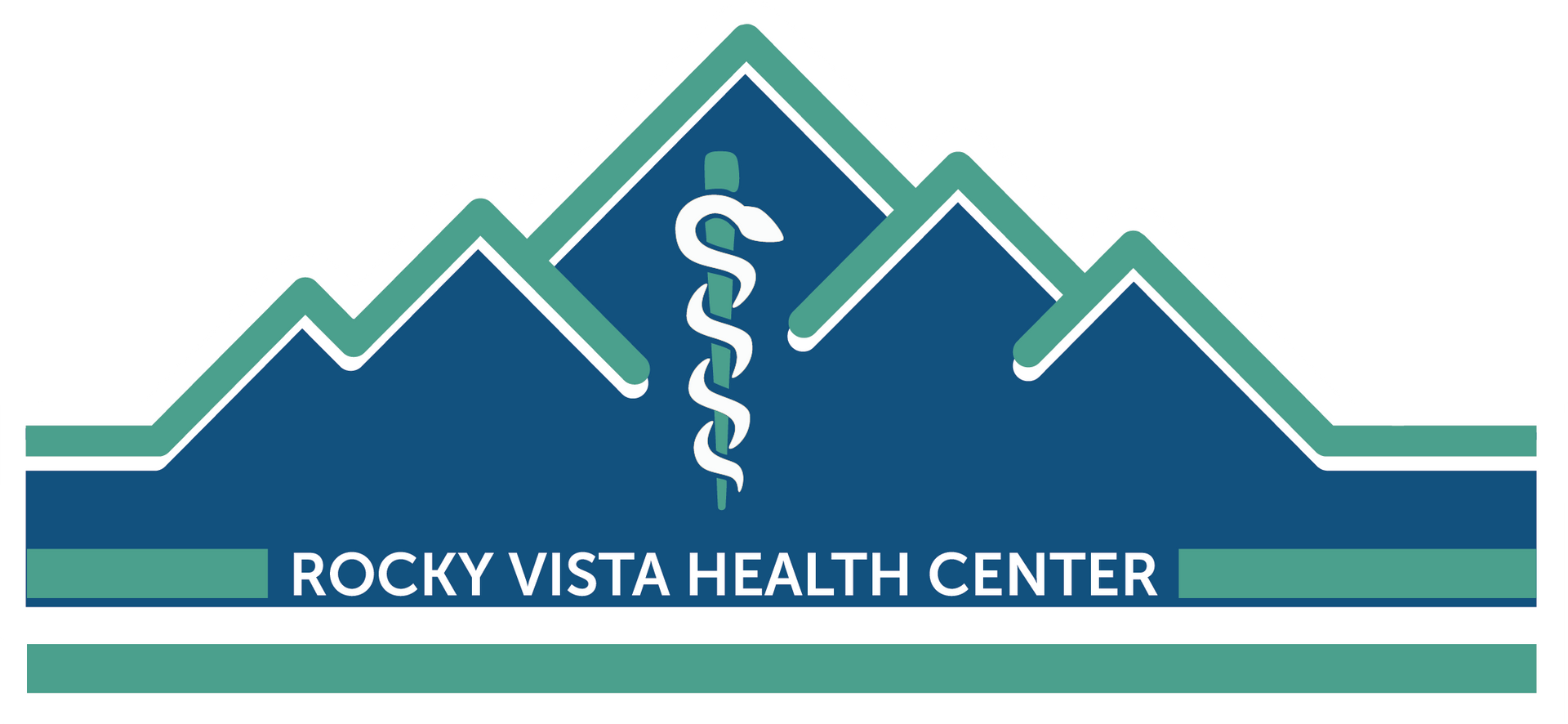Prolotherapy/RIT Regenerative Injection Therapy
Prolotherapy or Regenerative Injection Therapy (RIT) involves injecting irritant solutions into weakened or stretched ligaments, a chronic pain source. The injection induces an inflammatory response, which mimics the normal repair sequence of the body.
All injections are done directly onto the ligament-bone junction. Ligaments are "peppered" with multiple injections with ultrasound guidance. The RIT approach is very different from trigger point injections or steroid injections in both technique and physiology.
What can Prolotherapy/RIT Regenerative Injection Therapy treat?
Prolotherapy has proven useful for treating a variety of injuries and conditions, including but not limited to:
- Ankle Sprains
- Back and Neck Pain
- Chondromalacia
- Degenerated discs
- Foot Pain
- Headaches
- Joint injuries
- Knee and Hip pain
- Muscle injuries
- Non-healing wounds
- Osgood-Schlatter Disease
- Osteoarthritis
- Plantar fascitis
- Sciatica
- Shoulder pain, rotator cuff
- Spondylolisthesis
- Sports injuries
- Tendinopathy
- Tendonitis
- Tennis elbow
- TMJ
- Torn tendons
- Whiplash
- Wrist pain
